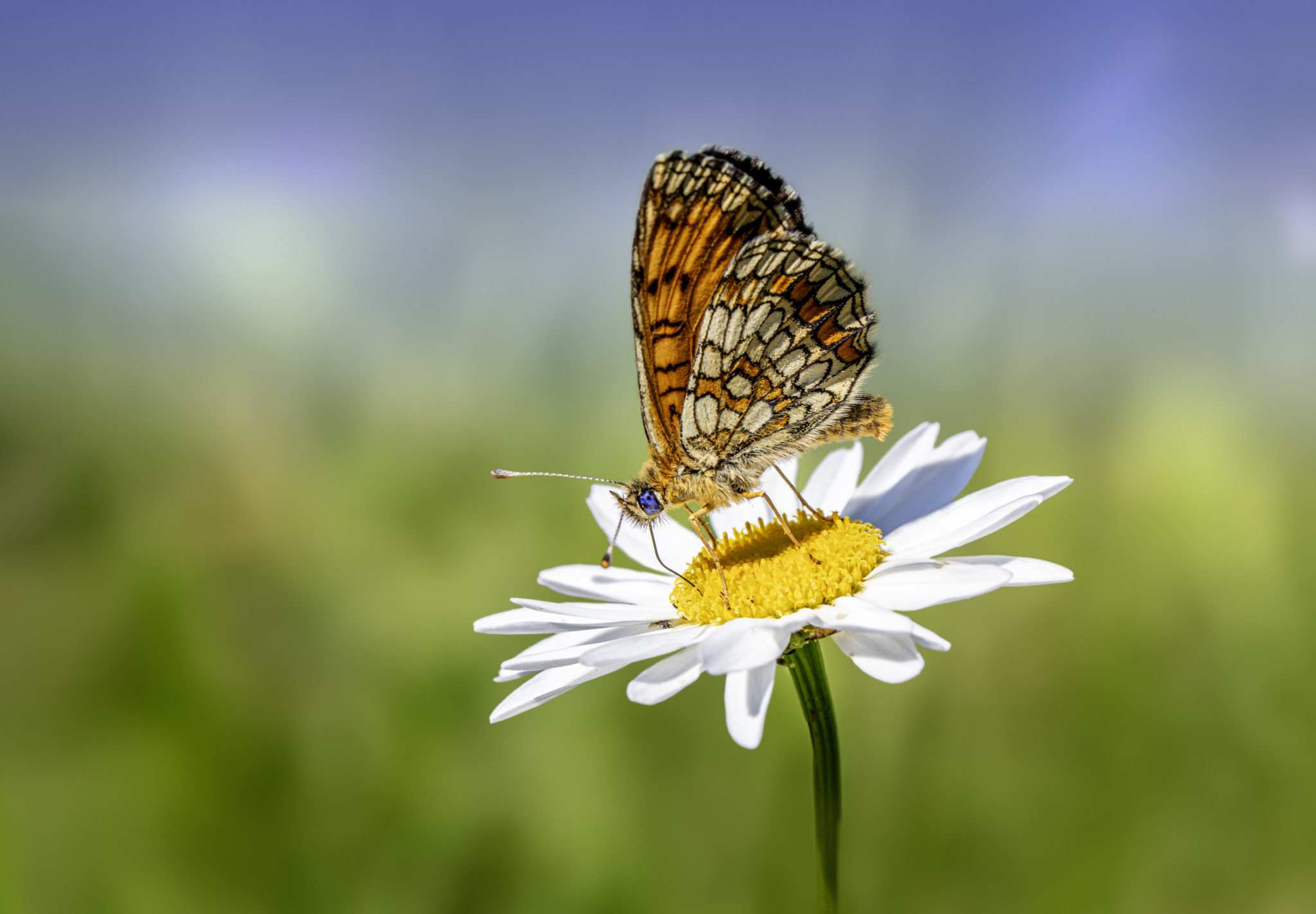Butterflies are enchanting insects known for their vibrant colors, delicate wings, and graceful flight. Belonging to the order Lepidoptera, which also includes moths, butterflies are renowned for their beauty and diversity, with over 18,000 species found worldwide.
One of the most striking features of butterflies is their intricate wing patterns, which often feature elaborate designs and vibrant hues. These patterns serve multiple functions, including camouflage, communication, and mate attraction. The wings of butterflies are covered in tiny scales that reflect and refract light, giving them their characteristic shimmering appearance.
The life cycle of a butterfly consists of four distinct stages: egg, larva (caterpillar), pupa (chrysalis), and adult. After hatching from an egg laid on a host plant, the caterpillar emerges and begins to feed voraciously, growing rapidly and undergoing several molts. Once fully developed, the caterpillar enters the pupal stage, where it undergoes metamorphosis inside a protective chrysalis. Finally, the adult butterfly emerges, ready to embark on its brief but dazzling life as a winged ambassador of beauty.
Butterflies play important ecological roles as pollinators, helping to transfer pollen from flower to flower as they feed on nectar. This mutualistic relationship benefits both butterflies and plants, facilitating reproduction and ensuring the continued survival of numerous plant species. Additionally, butterflies serve as a food source for birds, bats, and other insectivores, forming an integral part of food webs in ecosystems worldwide.
Butterflies exhibit a wide range of behaviors, including courtship rituals, territorial defense, and migration. Many species engage in elaborate courtship displays, involving aerial acrobatics, pheromone release, and visual cues to attract mates. Some butterflies also exhibit territorial behaviors, defending prime feeding or breeding sites from rivals.
Migration is another remarkable aspect of butterfly behavior, with some species traveling thousands of miles to reach their overwintering grounds. The monarch butterfly (Danaus plexippus), for example, undertakes an epic journey from North America to Mexico each year, navigating by celestial cues and environmental factors.
Despite their beauty and ecological importance, butterflies face numerous threats, including habitat loss, climate change, pesticide use, and invasive species. Conservation efforts aimed at protecting butterfly habitats, establishing protected areas, and raising awareness about their importance are essential for safeguarding these iconic insects for future generations to enjoy.
In conclusion, butterflies are captivating creatures that captivate the imagination with their ethereal beauty and intricate life cycles. Through their role as pollinators, ambassadors of biodiversity, and symbols of transformation, butterflies inspire wonder and appreciation for the natural world, reminding us of the delicate interconnectedness of all living things.
Views: 190
Subscribe to the newsletter:
